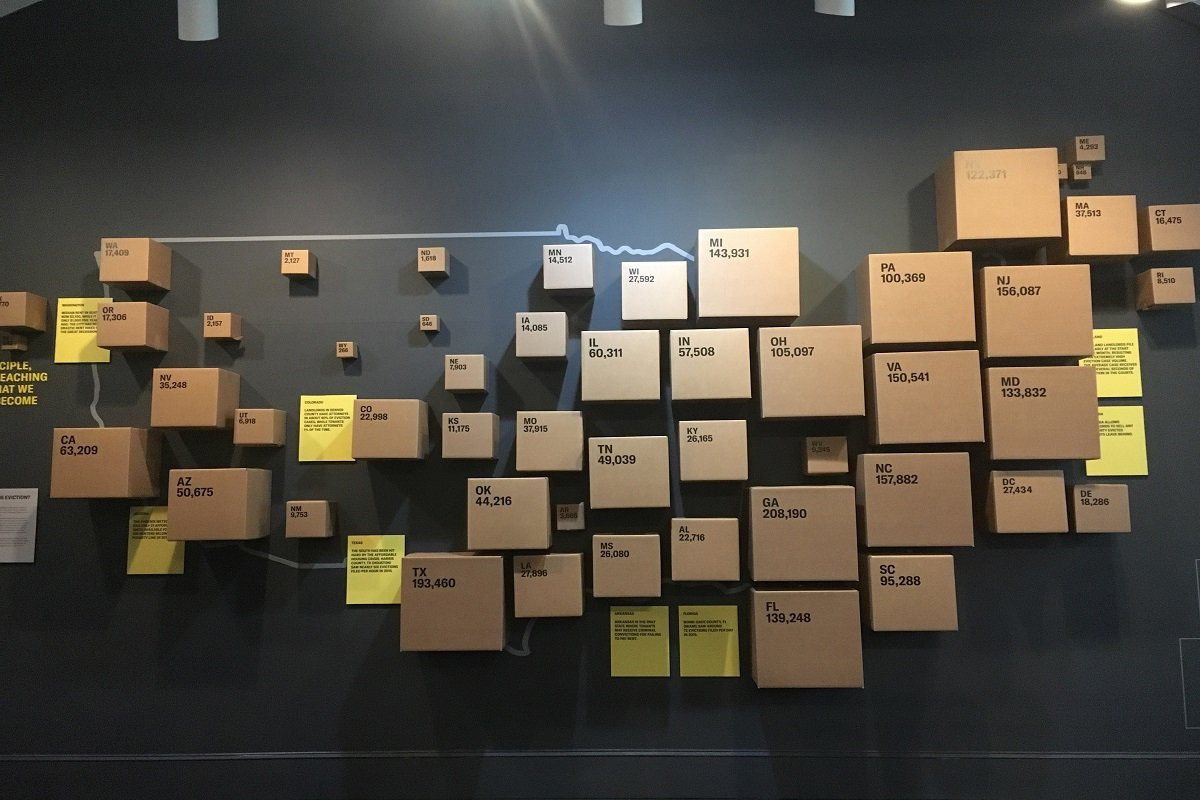Go On A Field Trip

Field trip days were always my favorite at school: I loved staring up in wonder at the dinosaurs in the Smithsonian Museum of Natural History, learning about colonial life in Williamsburg and visiting battlefields like Gettysburg. Leaving the classroom to see what we were studying brought the pages of our textbooks to life and helped me better understand the material.
But once we leave school, field trips often become a thing of the past or something to do outside of work hours, on our own time.
Here at Burness, we work on complex issues like housing affordability, childhood poverty, rural health and racial and health disparities—issues that affect people’s lives every day, including their well-being and opportunity to live a healthy life. So it’s hard to justify stepping away from the office when we could be helping our clients share their incredible work.
Yet leaving the comfort of our desks for a “field trip” is just as necessary for our work as developing content and identifying the best ways to disseminate each new story, message and resource.
Last month, a few of my colleagues and I pulled ourselves away from the office. We embraced the opportunity to learn more about housing affordability from a new perspective as we walked through the National Building Museum’s Evicted. This exhibit brings Matthew Desmond’s 2016 book to life, immersing visitors in the world of low-income renter eviction.
As we walked from each installation to the next, absorbing the stories of people who were evicted and learning how eviction has become commonplace in the U.S., our national housing affordability crisis became real for me. This issue, which I read about each day in news articles and often try to synthesize in a 280-character tweet, took on new meaning.
In one part of the exhibit, a life-sized graph painted onto the wall informed us that 90 percent of landlords have legal representation during eviction cases, compared to only 10 percent of evicted tenants. But it wasn’t until I heard a mother arguing her own eviction case in court that the reality of this disparity sunk in. She was on her own, pleading with the judge not to evict her because she had just regained custody of her daughter and would lose it again if she lost her housing.
I could hear her pain and empathized with her despair as the judge ruled for the landlord, banged the gavel, and moved onto the next case—this woman’s case was one of many.
The data is now more than a number—it is a person; a family.
Walking away from Evicted, my coworkers and I can take what we saw, heard and internalized and bring it to the work we do. The images and videos are burned into our memories and will help us write stronger, more emotional stories that connect with our audiences, as stories create a powerful entrypoint for talking about complex issues like housing. The data visualizations offered new ways for us to think about how we can present the data we work with—for housing and other issues.
It is easy to get lost in the never-ending cycle of sending out the next tweet, drafting the next blog and editing the next report without stopping to really think about the issue and the lives it impacts. Our “field trip” to Evicted reminded us to slow down, connect with each issue we work on and use what we experienced to make our work in social change communications stronger.
After visiting Evicted, the lesson we learned so long ago in elementary school still rings true: A simple outing to a museum can have a powerful effect and shape how we understand the world.